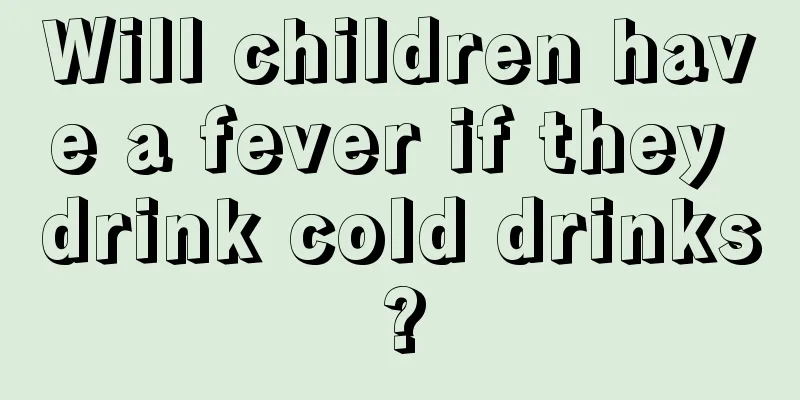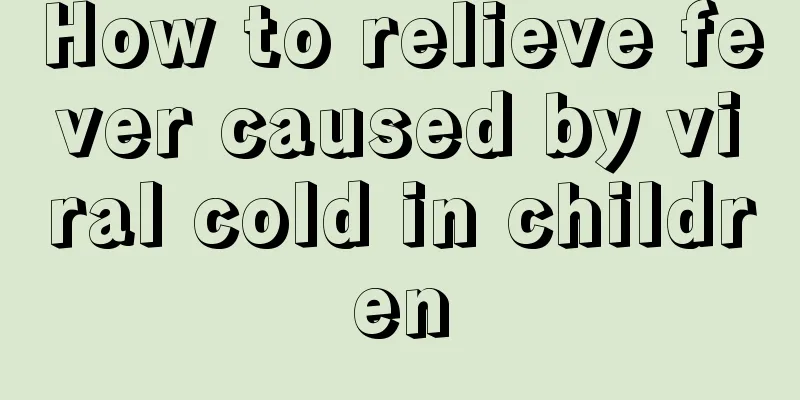Pathology of juvenile rheumatoid arthritis

|
Juvenile rheumatoid arthritis is a very harmful disease. We know that juvenile rheumatoid arthritis can easily bring many-sided effects to young children. Therefore, parents and friends must pay attention to juvenile rheumatoid arthritis in daily life. If you find that your children at home have symptoms of juvenile rheumatoid arthritis, you must send the children to the hospital for consultation in time. The pathological changes of this disease are mainly joint lesions. It is a chronic non-suppurative synovitis. In the early stage, the synovial membrane of the joint is congested and edematous. Accompanied by infiltration of lymphocytes and plasma cells. The synovial effusion increases and the synovial membrane proliferates to form villous protrusions in the joint cavity. The synovitis continues to progress and enters the late stage. Synovial villous hyperplasia involves articular cartilage. And form pannus. Cartilage can be absorbed. Subchondral bone is eroded. Subsequently, the joint surfaces adhere to each other and the joint cavity is replaced by fibrous tissue. Cause joint stiffness, deformity or subluxation. Joint destruction rarely occurs in children with rheumatoid arthritis. Nonspecific fibrinous serositis may occur in the pleura, pericardium, and peritoneum. The histological changes of rheumatoid rash are subepithelial small vessel vasculitis. The cause of this disease is still not fully understood. The pathogenesis is generally believed to be related to immunity, infection and genetics. It seems to be a type III allergic reaction, causing damage to connective tissue. It may be due to infection with microorganisms (bacteria, mycoplasma, viruses, etc.) that continuously stimulates the body to produce immunoglobulins. Serum IgA, IgM, and IgG increased. Antinuclear antibody titers were elevated in some patients. Rheumatoid factor exists in the patient's serum. It is a macroglobulin, that is, IgM with a sedimentation coefficient of 19S, which can react with denatured IgG to form an immune complex. Deposited in the synovium of joints or blood vessel walls through activation of the complement system. and release from lysosomes of granulocytes and large monocytes. Causes inflammatory tissue damage. The complement levels in the patient's serum and synovium were decreased, while IgM, IgG and immune complexes were increased. This suggests that this disease is an immune complex disease. In addition, there is an imbalance in cellular immunity. The number of B lymphocytes in peripheral blood mononuclear cells increased; interleukin IL-1 increased. And IL-2 decreased. Also involved in the pathogenesis. This year, it has been found that many children with arthritis are related to the tissue compatibility antigen HLAB27. It is believed that chromosomal gene inheritance plays a certain role.In the above article, we introduced a symptom that is common in young children, that is, rheumatoid arthritis. We know that rheumatoid arthritis in children is very harmful, so parents and friends should pay attention. The above article introduces the pathology of rheumatoid arthritis in children in detail. |
<<: Symptoms of rheumatoid arthritis in children
>>: What is the common sense of spring health care for young children?
Recommend
What causes headaches in teenagers?
We all know that the intellectual development of ...
What should I do if my child’s elbow is dislocated?
Young children usually have very strong mental vi...
What to do if a child has a fever and coughs
Coughing is a common disease among children, but ...
What happens if children eat too much salt?
Salt is an indispensable condiment in life, becau...
Treatment of muscular dystrophy in children
Muscular dystrophy is a symptom that children are...
What causes bad breath in a three-year-old child?
In life, some parents find that their babies also...
What causes scabs on newborn's head?
The birth of a new life brings joy to the whole f...
How long does it take for physiological jaundice in newborns to subside?
Babies are prone to symptoms of jaundice right af...
What should I do if my child does not absorb nutrients?
In life, many parents will provide their children...
What kind of exercise can help children grow taller?
Children's height is affected by the genetic ...
Will children mature early if they drink honey?
It has always been believed that children drinkin...
What to do if your child keeps coughing?
What to do if a child keeps coughing? Every paren...
How to judge whether a child has intellectual disability
If a child has intellectual disability, it will g...
What can children eat to improve their immunity?
If a child has low immunity, he or she is very li...
Why is my baby’s scalp blue?
As the name suggests, the scalp is the skin on ou...









